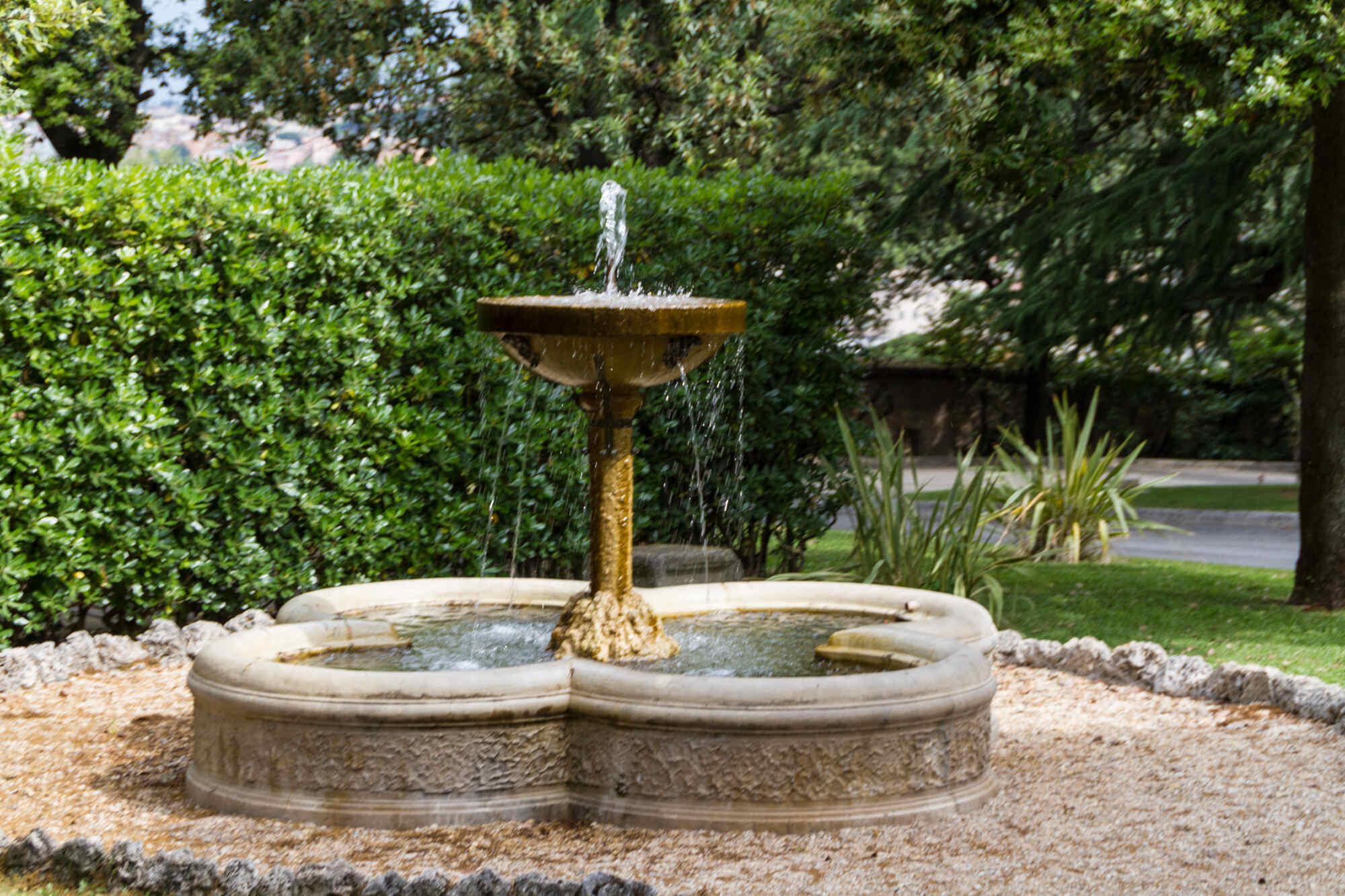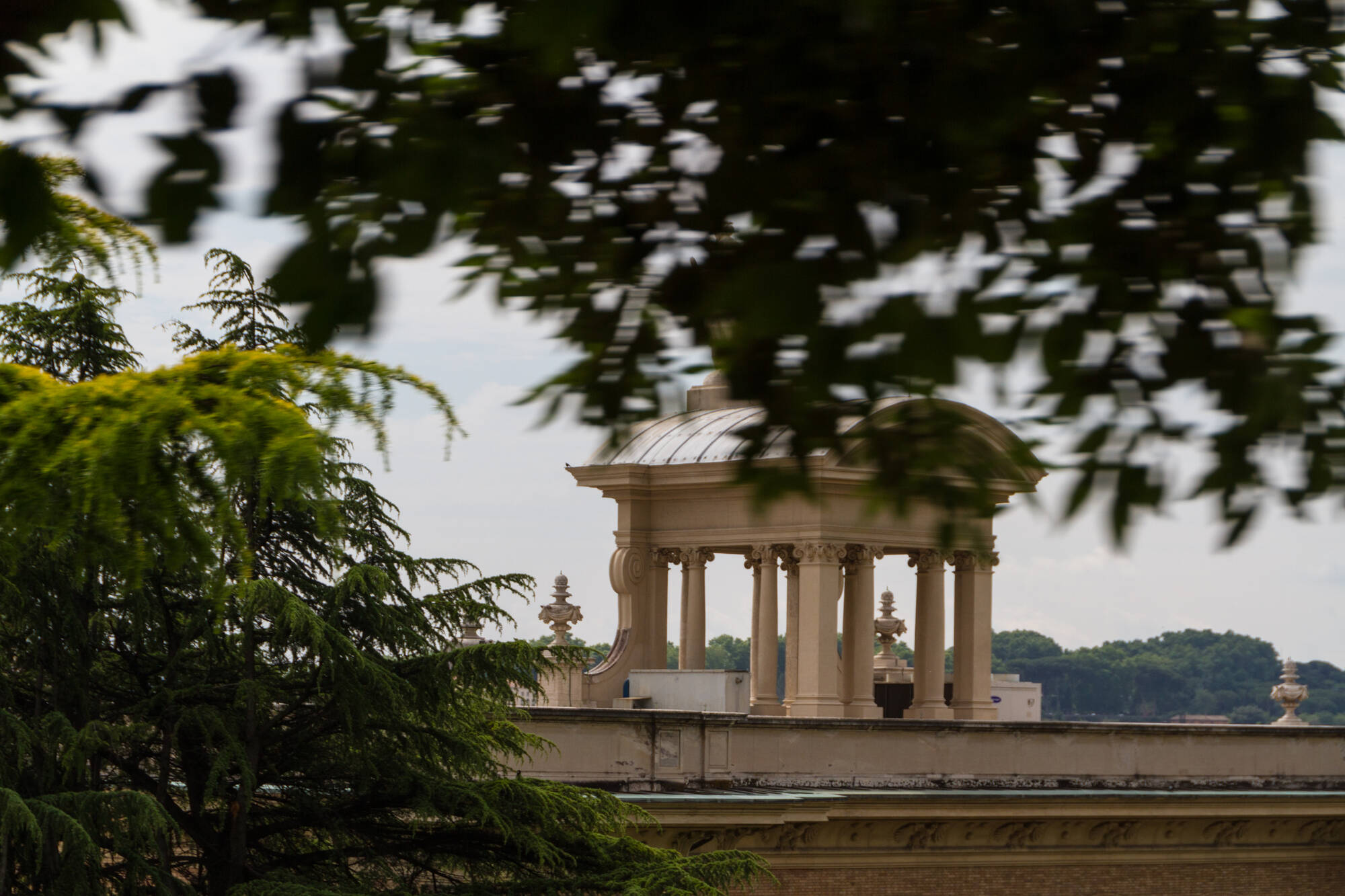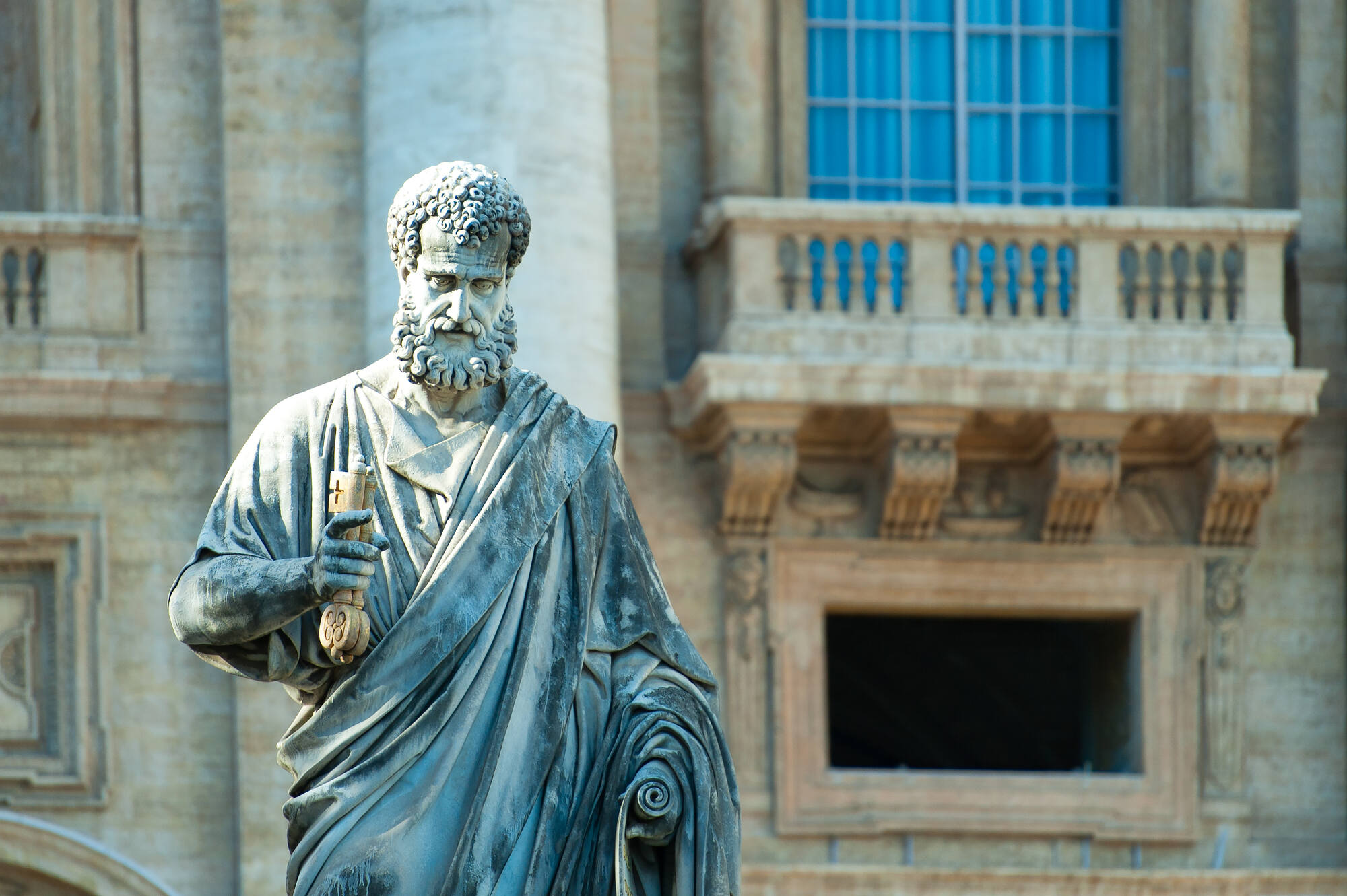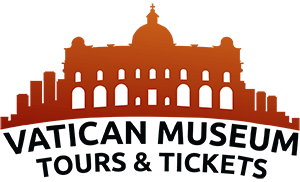For first-time visitors, Vatican City offers a rare opportunity to experience. Visiting Vatican City is more than just a sightseeing trip. It’s a journey into the spiritual and cultural epicenter of one of the world’s oldest institutions.
For first-timers, understanding the significance of Vatican City helps enhance the visit. It allows you to appreciate not just the beauty and grandeur of the sites. But the profound history and spiritual importance they hold. Keep reading to find out all the tour tips and tricks of Vatican City.
Best Time to Visit Vatican City
Here’s a guide to help you plan your visit based on seasonal weather, key holidays, and practical considerations for navigating the city.
Ideal Seasons and Weather
- Spring (April to June):
Mild temperatures (15°C to 25°C/59°F to 77°F), blooming gardens, and fewer crowds.
- Fall (September to October):
Comfortable weather, moderate temperatures, and fewer tourists compared to summer.
- Summer (July to August):
Warm temperatures (up to 30°C/86°F), peak tourist season, longer daylight hours.
- Winter (November to March):
Cooler temperatures (10°C to 15°C/50°F to 59°F), quieter with shorter days, occasional rain.
Visiting During Religious Events and Holidays
- Easter:
Easter is one of the most significant times to visit Vatican City, featuring special Masses and Papal events. It’s an opportunity to experience the city’s rich religious traditions but be prepared for large crowds and high demand for accommodations.
- Christmas:
Christmas is another major event, with the Christmas Eve Midnight Mass being a highlight. Attending these celebrations offers a unique spiritual experience, but it also means navigating busy crowds and advanced booking requirements.
- Feast of Saints Peter and Paul (June 29th):
This major religious holiday includes a Papal Mass in St. Peter’s Basilica. It’s a special occasion to witness Vatican City’s vibrant religious life.
- Canonizations and Papal Audiences:
Throughout the year, Canonizations and Papal Audiences offer special opportunities to see the Pope and participate in significant religious ceremonies. These events can attract large crowds, so planning ahead is crucial.
Understanding the Rainy Season in Rome
The rainy season in Rome, which includes Vatican City, typically falls between September and May, with November being the wettest month. During this time, the city experiences frequent showers, though they are often brief and followed by clear skies. On average, November sees around 100mm (four inches) of rainfall.
Despite the rain, this season shouldn’t deter you from visiting. With an umbrella or raincoat in hand, you can still enjoy the Vatican’s indoor attractions.
Plus it added bonus Points. As the rain often keeps crowds smaller, making it easier to explore at your own pace.
How to Get to Vatican City

Vatican City is conveniently located within Rome. Making it easily accessible by various means of transportation.
Traveling from Rome: Public Transport and Walking
- Metro:
The most efficient way to reach Vatican City is by metro. Line A (the red line) will take you to Ottaviano-San Pietro or Cipro stations. Both of which are just a short walk from the Vatican’s main attractions.
- Buses:
Several bus routes, including the 40 Express, 62, and 64, stop near Vatican City, providing easy access to the area.
- Taxis:
Taxis are a convenient option, especially if you’re carrying luggage or traveling in a group. However, they can be more expensive, particularly during peak hours.
- Walking:
If you’re staying in central Rome, walking to Vatican City can be a pleasant and scenic option. The walk takes approximately 20-30 minutes. It allows you to enjoy the sights and sounds of the city before reaching your destination.
Entry Points and Security Checkpoints
- St. Peter’s Basilica and Square: Main entrance via Via della Conciliazione.
- Vatican Museums and Sistine Chapel: Entrance on Viale Vaticano.
- Security: Mandatory airport-style screening, including metal detectors and bag checks.
- Restrictions: Large bags, sharp objects, and certain photography equipment may be restricted.
Top Attractions in Vatican City

Vatican City is home to some of the world’s most renowned landmarks and attractions. Each offers a unique glimpse into its rich religious and cultural heritage. Here’s a guide to the must-see spots that should be on every visitor’s itinerary:
St. Peter’s Basilica: A Must-See Landmark
St. Peter’s Basilica is one of the largest and most famous churches in the world. Known for its stunning Renaissance architecture and spiritual significance.
The basilica is known for its vast dome, designed by Michelangelo. Its stunning interior, which includes Michelangelo’s Pietà and Bernini’s elaborate Baldachin. The grandeur and artistry of the basilica make it a must-visit.
The Vatican Museums: What Not to Miss
The Vatican Museums are home to an extensive collection of art and historical artifacts accumulated over centuries. It’s a treasure trove for art lovers and history enthusiasts.
Key highlights include the Raphael Rooms, known for their beautiful frescoes, and the Gallery of Maps, which features a series of stunning maps depicting Italy. The Sistine Chapel, with Michelangelo’s iconic ceiling frescoes, is a highlight.
The Sistine Chapel: Michelangelo’s Masterpiece
The Sistine Chapel is one of the most famous art destinations in the world. Renowned for its breathtaking frescoes by Michelangelo, including “The Creation of Adam” and “The Last Judgment.”
The chapel’s ceiling is adorned with intricate frescoes that are a testament to Michelangelo’s genius. It’s also the site where new Popes are elected.
St. Peter’s Square: The Heart of Vatican City
St. Peter’s Square is the grand plaza in front of St. Peter’s Basilica. It is designed by Gian Lorenzo Bernini. It’s a focal point for visitors and pilgrims alike.
The square is known for its impressive colonnades, the Egyptian obelisk at the center, and the stunning façade of St. Peter’s Basilica. The layout of the square is designed to symbolize the Church’s embrace of the faithful.
Vatican Gardens: A Hidden Gem
The Vatican Gardens offer a serene and scenic escape from the more crowded areas of Vatican City. These beautifully landscaped gardens are filled with fountains, sculptures, and historical monuments.
The gardens include the Italian Garden, the English Lawn, and the Grotto of Lourdes. They provide a peaceful setting with lush greenery and historical significance.
Practical Tips for First-Time Visitors
Visiting Vatican City is a remarkable experience, but it requires some preparation to ensure a smooth and enjoyable trip. Here are some practical tips to help you navigate your visit:
1. Dress Code:
Vatican City has a strict dress code for entry into St. Peter’s Basilica and other religious sites. Ensure that your shoulders and knees are covered. Avoid wearing sleeveless tops, shorts, and skirts above the knee. A good rule of thumb is to dress modestly and respectfully.
2. Etiquette:
Maintain a respectful demeanor throughout your visit. Silence is required inside the Sistine Chapel, and speaking softly is appreciated in other sacred areas. When attending Mass or Papal events, follow the cues of those around you and adhere to the guidelines provided by the staff.
3. Security Checks:
Expect thorough security screenings at all major entry points, including metal detectors and bag checks. Large bags, sharp objects, and certain items may be restricted. So pack light and follow the latest guidelines.
4. Personal Safety:
Vatican City is generally safe. But it’s always wise to stay alert and keep an eye on your belongings. Beware of pickpockets, especially in crowded areas. Use a money belt or secure bag to keep your valuables safe.
5. Emergency Services:
Familiarize yourself with the local emergency numbers. In Vatican City, you can dial 113 for police assistance and 118 for medical emergencies. The Vatican also has its own security forces, who can assist in case of any issues.
Also when you book guided Vatican tours from Vatican Museum Tickets, our support team will be there for you.
6. Languages Spoken:
While Italian is the official language, English is widely spoken. Especially in tourist areas and by staff in Vatican City. You’ll also find signs and information available in several languages.
7. Communication:
Basic Italian phrases can be helpful, especially when interacting with locals. Common phrases include “Buongiorno” (Good morning), “Per favore” (Please), and “Grazie” (Thank you). Learning a few words can enhance your experience and show respect for the local culture.
8. Guided Tours:
Consider joining a guided tour if you prefer in-depth information and assistance in your language. Many tours are available in various languages and can provide valuable insights and context for your visit. For example, Vatican Museum Tickets.
Conclusion
So, there you have it – your ultimate guide to exploring Vatican City like a pro.
Vatican City isn’t just a place to visit; it’s a unique experience. So, bring your sense of wonder and wear comfortable shoes. Get ready to step into a world where history, art, and spirituality all come together in a special way.


